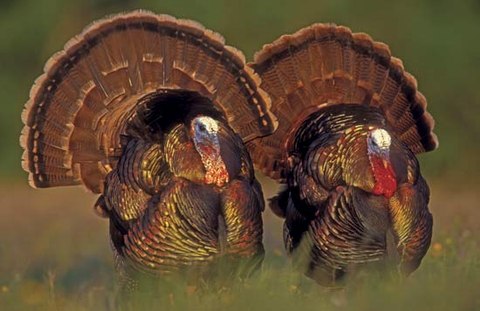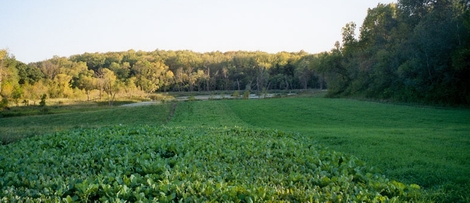
Continued dry range conditions throughout much of Texas this spring could have a negative impact on wild turkey production and hunting prospects, according to Texas Parks and Wildlife Department (TPWD) biologists. If parts of Texas, particular in the south, remain parched there is concern among wildlife officials that Rio Grande turkey breeding activity and nesting effort will be greatly reduced or nonexistent. Since spring turkey hunters rely upon gobbling activity to locate and attract birds, the lack of interest by hens in breeding could make for tough hunting.
Rio Grande spring turkey hunting season opens in the North Zone April 4 and runs through May 17. Special youth-only weekends are set for March 28-29 and May 23-24. The South Zone opens March 21 and runs through May 3, with youth-only weekends set for March 14-15 and May 9-10. A special one-gobbler-only Rio Grande spring season is set for April 1-30 in Bastrop, Caldwell, Colorado, Fayette, Jackson, Lavaca, Lee and Milam counties. The spring eastern turkey season is open in 43 East Texas counties from April 1-30.
TPWD estimates about 88,000 hunters take part in Texas’ spring turkey season and take about 25,000 gobblers. Most of the state’s spring turkey hunting activity occurs in South Texas and in the Hill Country, where TPWD turkey program leader Jason Hardin noted timely rainfall could give the bird population a boost. Continue reading Turkey Hunting, Nesting Could Suffer from Dry Conditions
